Laboratory Relocation and Construction Guide | Nanjing Expansion Technology specializes in laboratory planning and design
Release time:
2025-07-01 14:04
Relocating and establishing a new laboratory is a complex and systematic project involving multiple key aspects such as equipment handling, site planning, and safety management. Whether relocating or establishing a new lab, rigorous preparation, a scientific implementation process, and thorough acceptance and subsequent management are necessary to ensure the laboratory can be put into operation smoothly and to guarantee the normal progress of research work. As laboratory users, it may not be possible to arrange every aspect of laboratory relocation and establishment, therefore, choosing a professional laboratory construction company is crucial.
Laboratory Relocation
Preliminary Preparations
In the preliminary preparation phase of laboratory relocation, professional personnel should be arranged to conduct a comprehensive inventory of all equipment. Each piece of equipment should be meticulously recorded with its name, model, factory number, purchase date, current status, etc., and verified against the equipment inventory to ensure accuracy. Items should be categorized according to their nature and use. Precision instruments should be classified separately with shockproof and moisture-proof treatment; large equipment should be marked with weight and dimensions to facilitate the arrangement of appropriate handling tools; chemical reagents should be classified and stored according to hazardous and non-hazardous goods, solids and liquids, etc., clearly indicating the name, concentration, and expiration date.
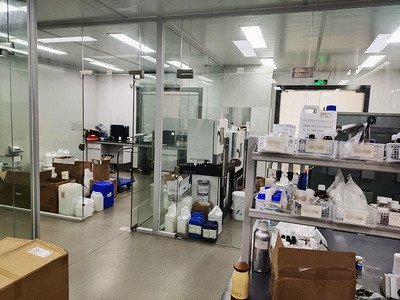
Developing a detailed relocation plan is the core of the preliminary preparation. The relocation plan should clearly define the time nodes, including the start time, completion time of each phase, and the final completion time. A reasonable relocation route should be determined, avoiding crowded areas, obstacles, and environments that could potentially affect the equipment, such as strong magnetic fields and high-temperature areas. In terms of personnel arrangements, the responsibilities of the overall commander, group leaders, and specific operators should be clearly defined to ensure that each link has a dedicated person in charge. Safety measures are paramount in the plan. Corresponding safety protection measures should be developed for different types of equipment and items. For precision instruments, dedicated shockproof packaging materials should be prepared; for chemical hazardous materials, leak-proof and explosion-proof transport containers should be equipped, and contingency plans should be developed to deal with potential leakage, collisions, and other emergencies.
Implementation Process
Equipment packaging is a crucial step in the relocation implementation process. Precision instruments require professional shockproof packaging materials, such as foam and shock-absorbing cotton, to ensure they are not affected by vibrations during transportation. Large equipment needs to be securely fixed to prevent displacement and collision during transportation. Chemical reagent packaging must strictly follow relevant regulations for hazardous material transportation, ensuring good sealing to prevent leakage.
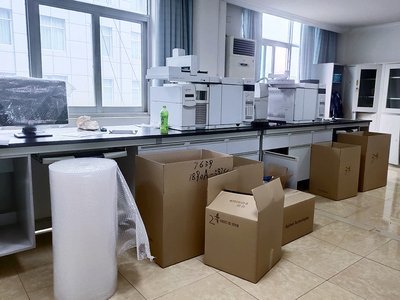
During transportation, an experienced handling team should be selected, familiar with the handling techniques for various types of equipment. For large equipment, appropriate handling tools such as forklifts and cranes should be used, and operated by professionals. During transportation, the predetermined route should be strictly followed, avoiding sudden braking and sharp turns to prevent equipment damage.
After the equipment arrives at the new location, installation and debugging should be carried out promptly. Before installation, the equipment's appearance should be checked for damage, and then installed correctly according to the equipment's installation manual. During debugging, all functions of the equipment should be comprehensively tested to ensure that its performance indicators meet the requirements. For equipment with problems, contact the manufacturer for repair promptly.
Acceptance and Subsequent Management
Post-relocation acceptance is crucial. Professional personnel should be organized to inspect all equipment one by one, verifying that the quantity and model of the equipment match the list, checking whether the equipment's appearance is intact, and whether its functions are normal. For chemical reagents, check whether the packaging is intact, whether there is any leakage, and whether the concentration and expiration date meet the requirements.
After acceptance, the equipment inventory should be updated promptly, updating information such as the equipment's storage location. At the same time, the laboratory environment should be cleaned and organized to ensure the laboratory is clean and orderly. Establish a sound equipment management system, regularly maintain and maintain the equipment to ensure its normal operation.
New Laboratory Construction
Relocating and establishing a new laboratory is a complex and systematic project involving multiple key aspects such as equipment handling, site planning, and safety management. Whether relocating or establishing a new lab, rigorous preparation, a scientific implementation process, and thorough acceptance and subsequent management are necessary to ensure the laboratory can be put into operation smoothly and to guarantee the normal progress of research work.
Preliminary Preparations
The preliminary preparation for new laboratory construction should begin with reasonable site selection. When selecting a site, environmental factors should be considered comprehensively, avoiding areas with high dust, noise, and vibration to ensure the stability of the experimental environment. Convenient transportation is also important for the transportation of equipment and materials and the travel of personnel. Surrounding supporting facilities should be complete, such as water and electricity supply, and communication networks to meet the needs of the laboratory. In addition, the special requirements of the laboratory should be considered, such as anti-vibration and anti-magnetic requirements for precision instrument laboratories, and good ventilation conditions for chemical laboratories.
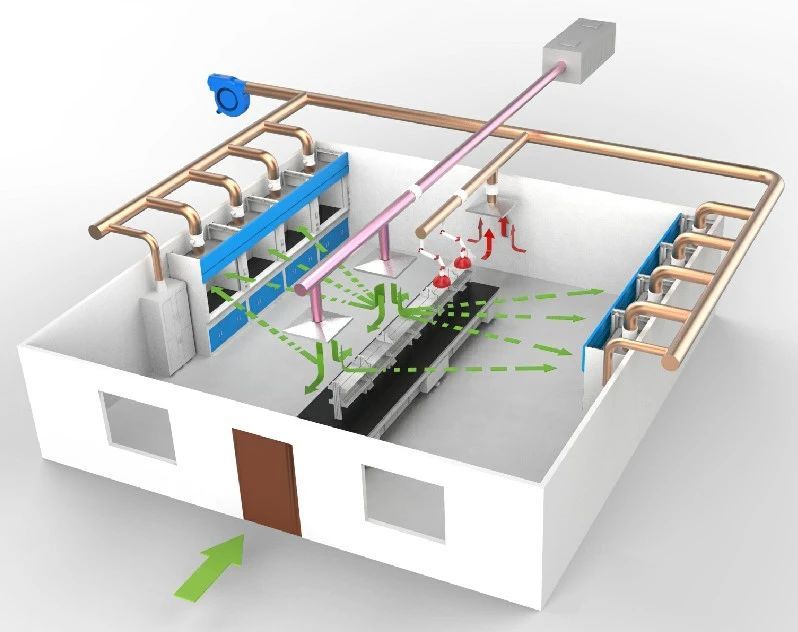
The design and planning should reasonably arrange functional areas according to the functional needs of the laboratory, including experimental areas, office areas, and storage areas. The experimental area should be subdivided according to the type of experiment, such as physics experimental area, chemistry experimental area, biology experimental area, etc. Different areas should be isolated to prevent mutual interference. The office area should facilitate the work and communication of researchers. The storage area should be designed according to the nature of the stored items. For example, the chemical reagent storage area should have fire prevention, explosion prevention, and corrosion prevention functions. The design scheme should comply with relevant regulations and standards to ensure the safety and environmental protection of the laboratory.
Implementation Process
During construction, the construction quality should be strictly supervised. Professional supervisors should be arranged to supervise the entire construction process, checking whether the construction materials meet the design requirements and whether the construction process is standardized. For concealed projects, strict acceptance should be carried out to ensure that the quality is qualified. At the same time, ensure that the construction progress proceeds according to the plan and address any problems that arise during construction promptly.
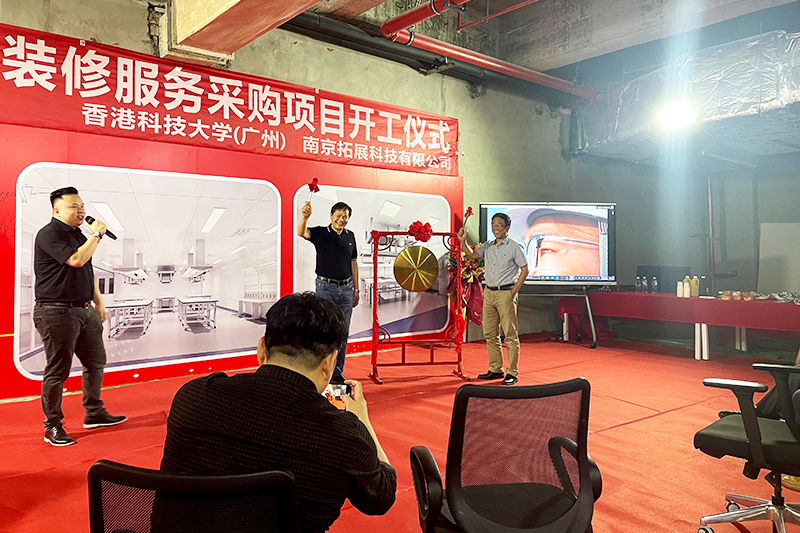
Laboratory equipment procurement should be based on design planning and experimental needs. Select equipment with reliable quality and excellent performance, prioritizing manufacturers with good after-sales service. After the equipment arrives, strict acceptance should be carried out to check whether the appearance, specifications, and performance of the equipment meet the requirements.
Acceptance and Subsequent Management
The acceptance of a newly built laboratory should be comprehensive and thorough. Check whether the laboratory's building structure meets the design requirements, whether all facilities are complete, and whether systems such as water and electricity, ventilation, and fire protection are operating normally. Install and debug all equipment to ensure that its functions are normal and that performance indicators meet the specified standards. Check whether the laboratory environment meets the experimental requirements, such as whether the temperature, humidity, and cleanliness are within the specified range.
After acceptance, a laboratory safety management system and operating procedures should be established, clarifying the responsibilities of each position. Conduct safety training for laboratory personnel to improve their safety awareness and operational skills. Establish an equipment management system, regularly maintain, maintain, and calibrate equipment to ensure the accuracy of experimental data. At the same time, carry out laboratory environmental protection work, and properly handle wastewater, waste gas, and waste residue generated by experiments in accordance with environmental protection requirements.
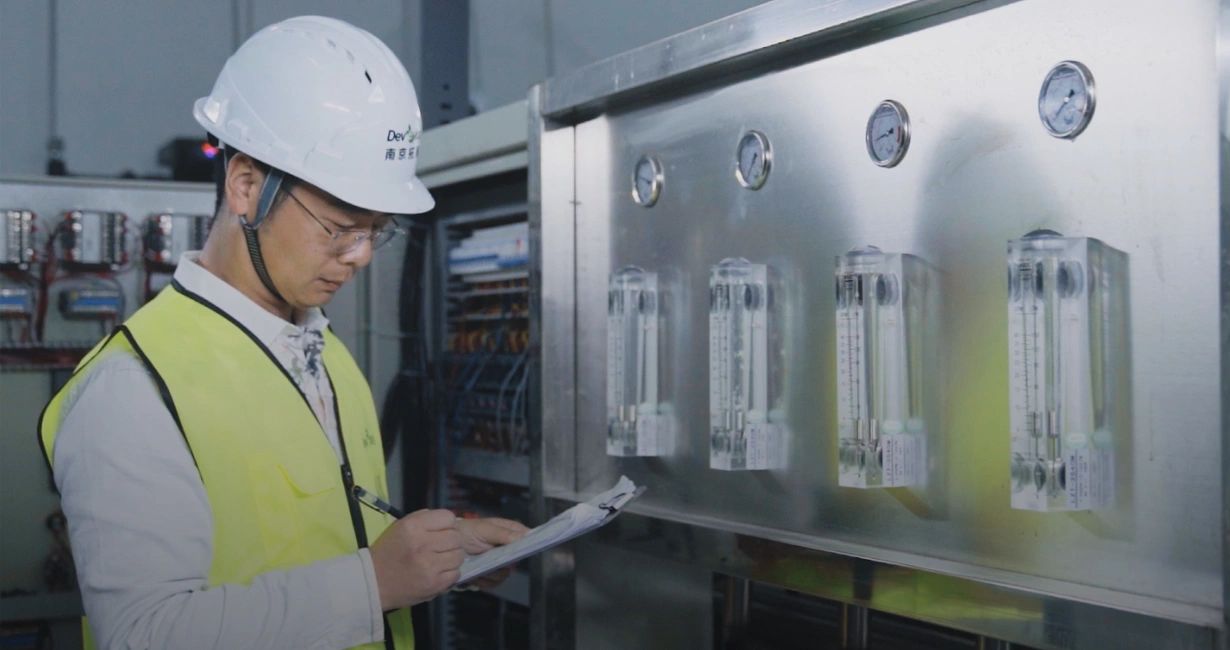
Laboratory relocation and construction, while differing in specifics, both require careful attention to early preparation, meticulous execution, and acceptance and subsequent management. Both emphasize the importance of safety management; whether it's equipment and reagent safety during relocation, or construction and experimental safety during new construction, appropriate safety regulations and contingency plans must be established. Both processes require the involvement of professional personnel to ensure quality and efficiency. Through scientific and rational planning and strict implementation, the successful completion of laboratory relocation and construction projects can be ensured, providing a sound experimental platform for research.
Related News



